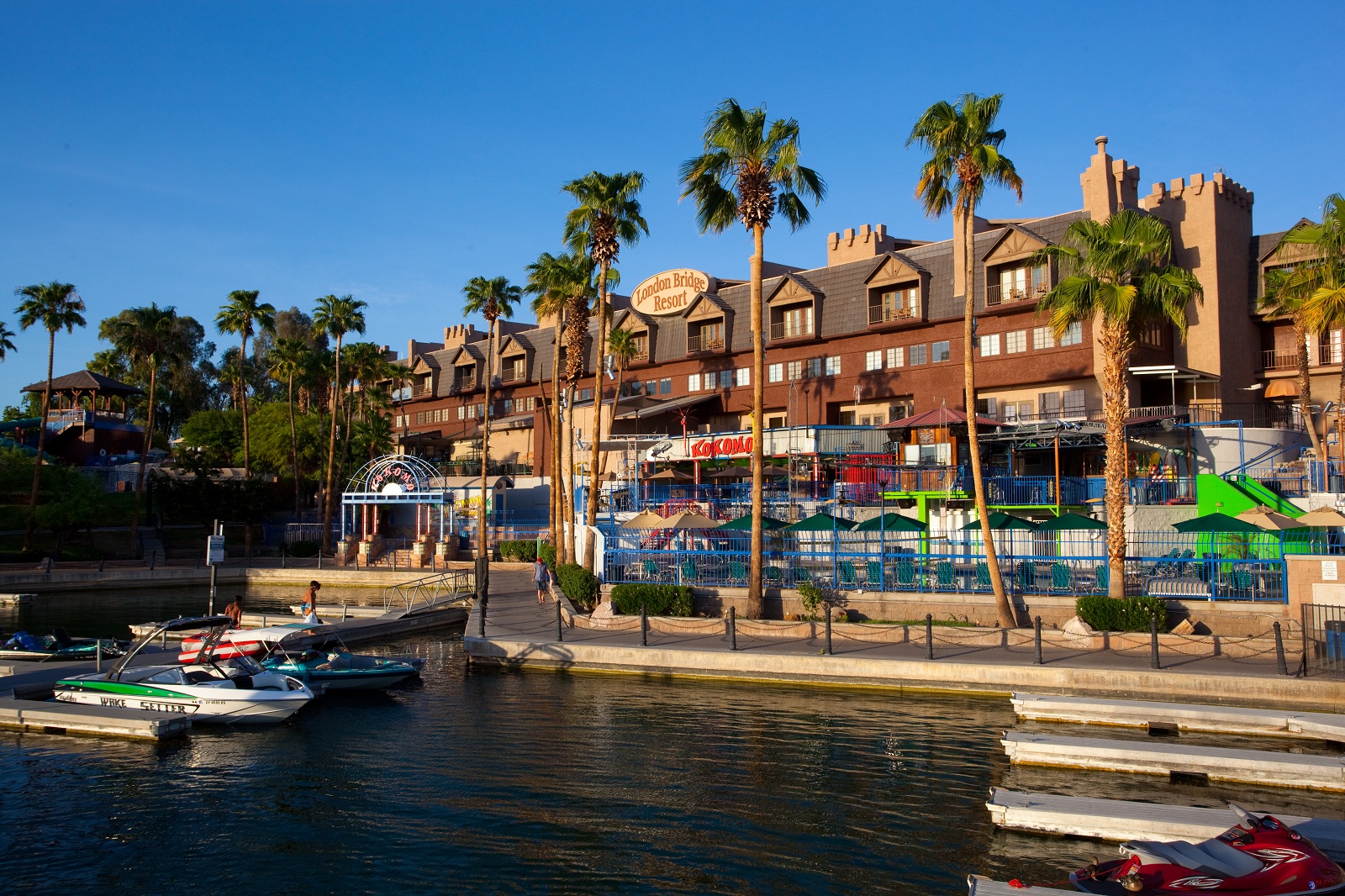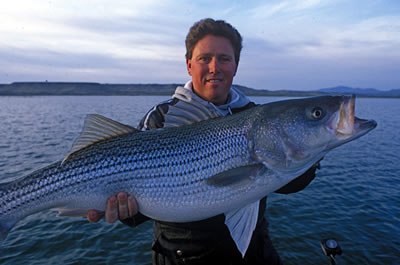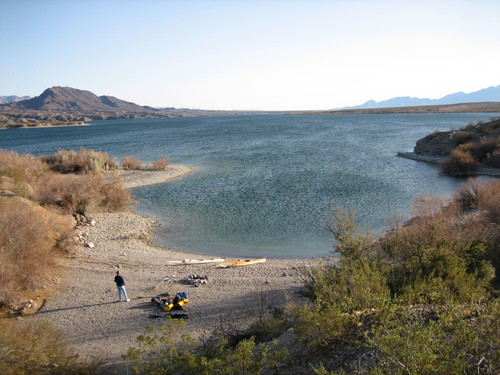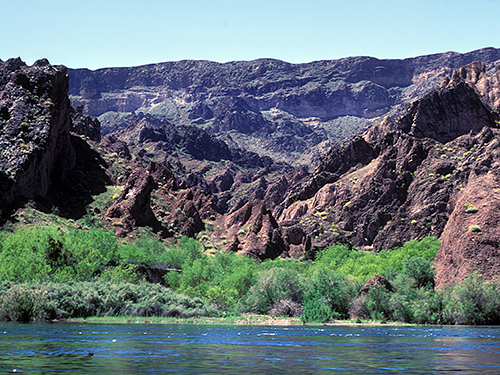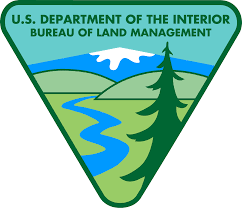Take a little trip to Valley Forge in January. Hold a musket ball in your fingers and imagine it piercing your flesh and...
Editorial
Toledo Bend – A Jewel In The Piney Woods
Arizona Game and Fish Department proposes changes to fishing regulations
Are catfish limits too liberal at Arizona Lakes? Would you like to see more opportunity to catch Arizona’s native trout species?
Get your 2012 Arizona wildlife calendar!
Don’t miss the November–December 2011 issue of the Arizona Game and Fish Department’s award-winning magazine, Arizona Wildlife Views.
A Lake of Contrasts
Lake Mojave is an incongruity – blue, sparkling water in one of the driest regions of the continent. The waters of the Colorado derive from rain and snow melt in the high mountains of Wyoming, Utah, and Colorado. The river works its way through the canyon lands and finally reaches the sere, brown treeless landscape of Arizona and Nevada. The drought lands of these two states, even before human water withdrawals, demand more water from the river than they give – the evaporation off Lake Mead is greater than Nevada’s total legal water allotment. And yet we go boating on clear, blue shimmering water in the middle of the Great American Desert.
Lake Mohave History
Lake Mohave was created in 1951 following the construction of Davis Dam on the Colorado River southeast of Las Vegas. The 64 mile long reservoir is subject to fluctuating water levels and exchange flows. The upper 20 miles of the reservoir is cold year round due to deep-water releases from Hoover Dam. This section lies within the narrow walls of Black Canyon. The remainder of the reservoir is seasonally warm and more open with the widest section being Cottonwood Basin (4 miles). Lake Mohave is located within the Lake Mead Recreational Area and is administered by the National Park Service located in Boulder City. A detailed description of the Lake Mead Recreation Area can be found on the National Park Service web page at nps.gov/lame.
Arizona Game and Fish Commission to meet Jan. 13 in Phoenix
PHOENIX — The next Arizona Game and Fish Commission meeting will be held on Friday, Jan. 13 at the Game and Fish Department headquarters at 5000 W. Carefree Highway in Phoenix (1.5 miles west of I-17). The public session begins at 8 a.m.
7 finalists selected to be interviewed for Game and Fish Commission seat
PHOENIX – The Arizona Game and Fish Commission Appointment Recommendation Board on Nov. 3 selected seven finalists from a field of 46 applicants to be interviewed on Nov. 15 for the upcoming available seat on the civilian policy-setting board that oversees the Arizona Game and Fish Department.
Arizona Game and Fish reacts to Prisma Graphic Raid
Sensitive customer information secured through rigorous process
PHOENIX — The Arizona Game and Fish Department reassures its customers that their sensitive, personal information is secure in light of a raid this morning by the Maricopa County Sheriff’s Office on Prisma Graphic in Phoenix.
U.S. Fish and Wildlife Service to continue funding to support Arizona’s sport fish stocking program
The U.S. Fish and Wildlife Service (FWS) has issued a Finding of No Significant Impact (FONSI) as part of the Environmental Assessment of its proposal to continue to fund, in part, the Arizona Game and Fish Department’s (AGFD) sport fish stocking program over the next 10 years.
BLM seeks public comment on Draft Resource Management Plan
The Bureau of Land Management (BLM) is seeking public comment on a Draft Resource Management Plan (RMP) and Draft Environmental Impact Statement (EIS) for nearly 1.4 million acres of public lands located southwest of Phoenix in parts of Maricopa, Pinal, Pima, Gila and Yuma Counties, Arizona. The BLM Lower Sonoran Field Office (LSFO) manages these lands, including the Sonoran Desert National Monument. Comments must be submitted by Nov. 25, 2011.
Texas Launches Mandatory Boater Education, Additional Safety Measures
AUSTIN – A new state law from the recent legislative session will require mandatory boater education for more people in Texas starting Sep. 1, a move supporters say will save lives and make crowded waters safer.
– Lake Mohave

